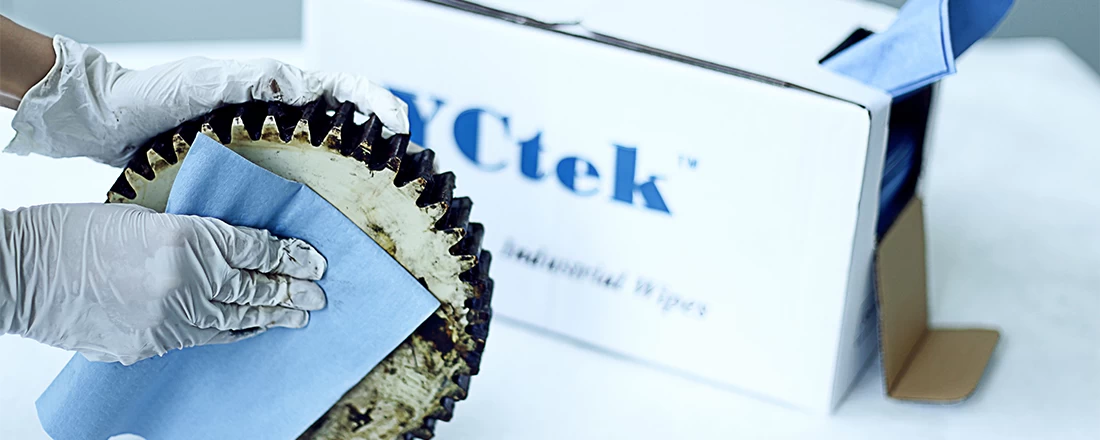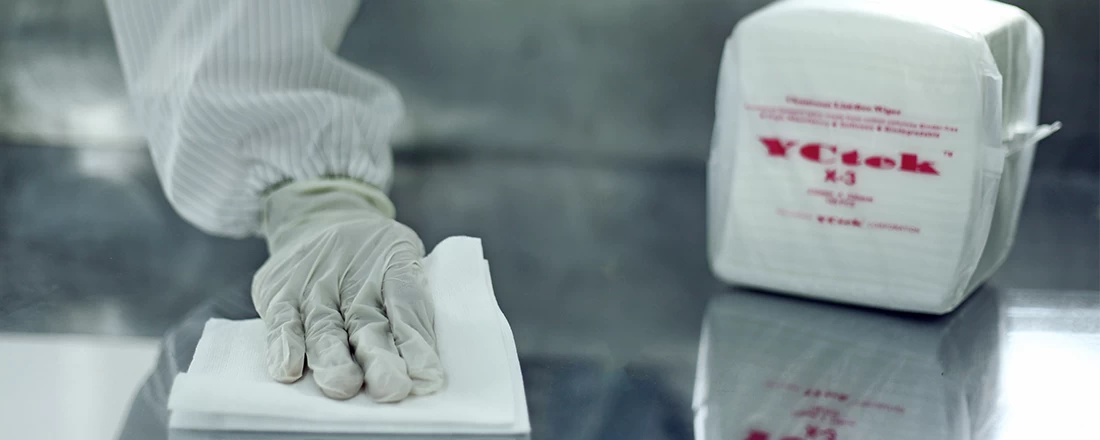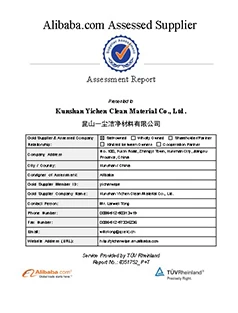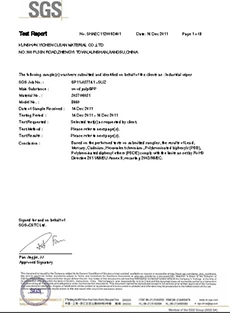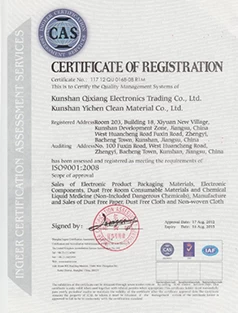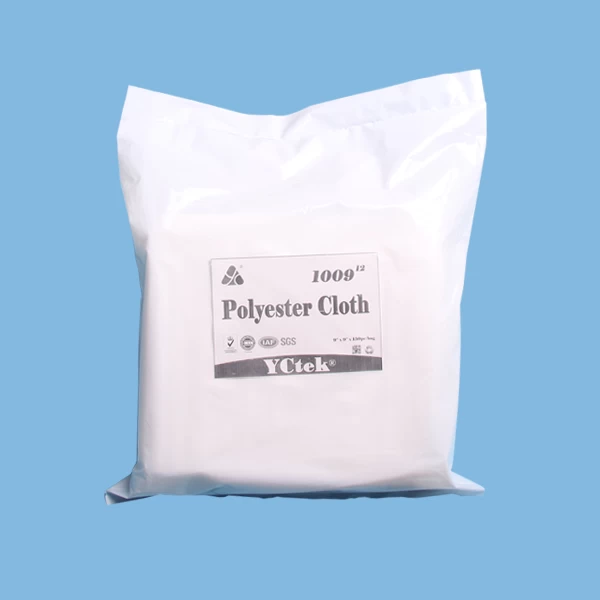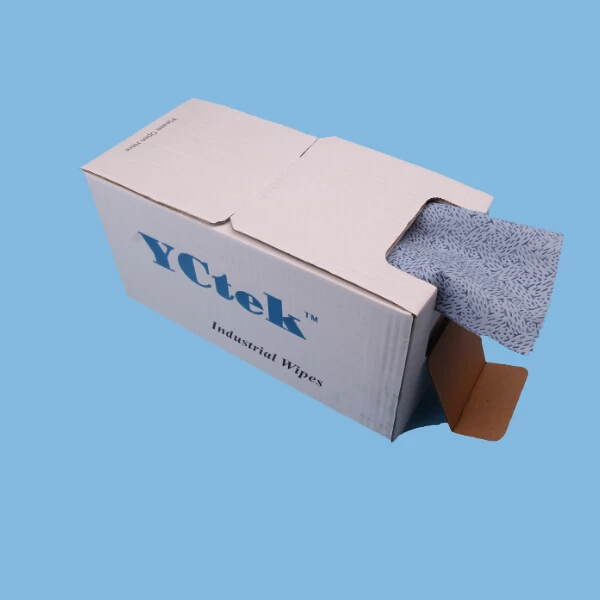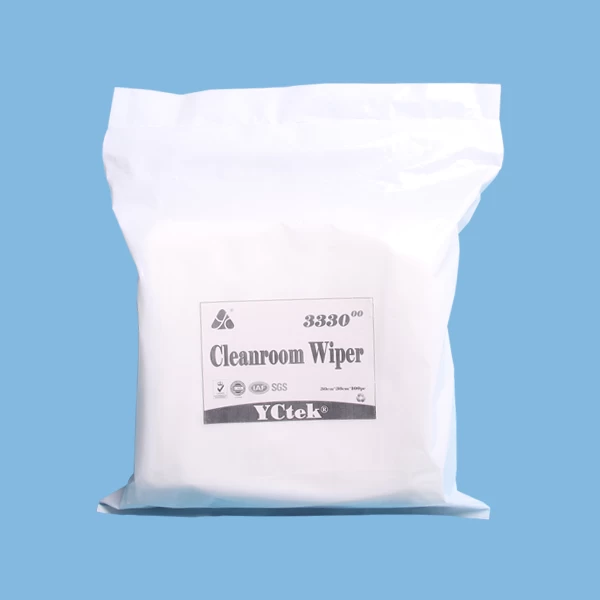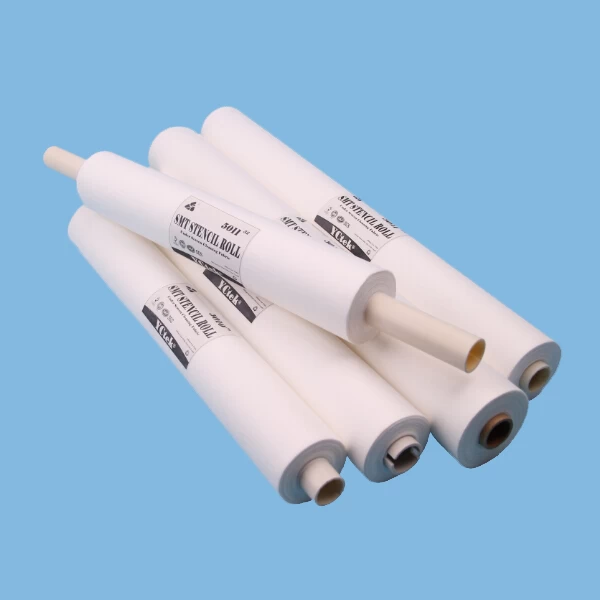Characteristics of Polyester
2017-06-09 15:48:01

Polyester can also be classified as saturated and unsaturated polyesters.
Saturated polyesters refer to that family of polyesters in which the polyester backbones are saturated. They are thus not as reactive as unsaturated polyesters. They consist of low molecular weight liquids used as plasticizers and as reactants in forming urethane polymers, and linear, high molecular weight thermoplastics such as polyethylene terephthalate (Dacron and Mylar). Usual reactants for the saturated polyesters are a glycol and an acid or anhydride.
Saturated polyesters refer to that family of polyesters in which the polyester backbones are saturated. They are thus not as reactive as unsaturated polyesters. They consist of low molecular weight liquids used as plasticizers and as reactants in forming urethane polymers, and linear, high molecular weight thermoplastics such as polyethylene terephthalate (Dacron and Mylar). Usual reactants for the saturated polyesters are a glycol and an acid or anhydride.
Unsaturated polyesters refer to that family of polyesters in which the backbone consists of alkyl thermosetting resins characterized by vinyl unsaturation. They are mostly used in reinforced plastics. These are the most widely used and economical family of resins.
Characteristics of Polyester
1.Polyester fabrics and fibers are extremely strong.
2.Polyester is very durable: resistant to most chemicals, stretching and shrinking, wrinkle resistant, mildew and abrasion resistant.
3.Polyester is hydrophobic in nature and quick drying. It can be used for insulation by manufacturing hollow fibers.
4.Polyester retains its shape and hence is good for making outdoor clothing for harsh climates.
5.It is easily washed and dried.
1.Polyester fabrics and fibers are extremely strong.
2.Polyester is very durable: resistant to most chemicals, stretching and shrinking, wrinkle resistant, mildew and abrasion resistant.
3.Polyester is hydrophobic in nature and quick drying. It can be used for insulation by manufacturing hollow fibers.
4.Polyester retains its shape and hence is good for making outdoor clothing for harsh climates.
5.It is easily washed and dried.

